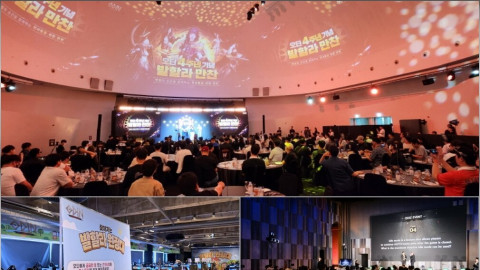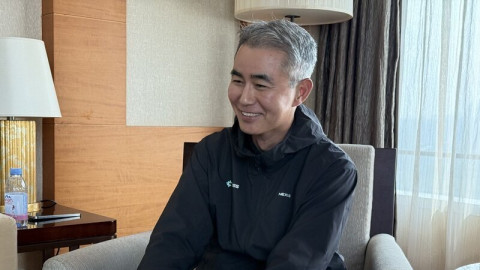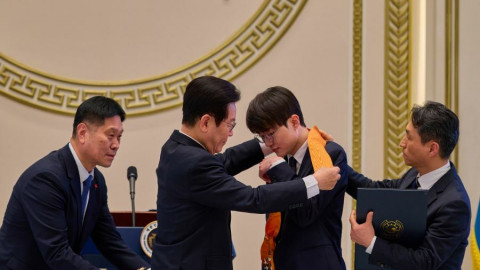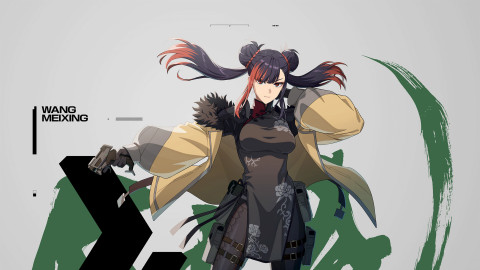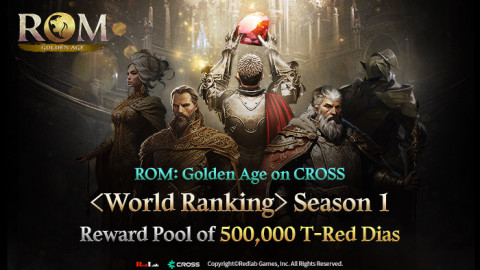
It may come as a somewhat shocking realization to players who have stuck with the game from the very beginning, but in 2020, Hearthstone will celebrate its sixth birthday. Blizzard’s landscape-breaking card game has stood the test of time pretty well so far. It finally got some competition this year. Magic: the Gathering Arena’s popularity grew significantly, and the sudden rise of autobattlers like Dota Auto Chess, Dota Underlords and Teamfight Tactics proved to be a worthy contender for a large share of the same player pool.
But how was the year for Hearthstone itself? Let’s recap what happened to the game, and look at the journey its competitive scene enjoyed this year as well.
As stated by members of the team themselves, the Team 5, as the Hearthstone development team is referred to internally, generally is ahead of the live game state by about a year. Once an expansion releases, the next one is almost completed entirely. The expansion after that one is in the middle of development, and the one after that just enters the conceptual stage. So when members core to Team 5 like Ben Brode, Yong Woo and Hamilton Chu left Blizzard in April 2018, the ramifications of that change became fully clear a year later.
In 2019, players simply got more content. The rate at which expansions were produced stayed the same, with three expansions being released across twelve months. There being a single story told across the three expansions added an enjoyable narrative, but the developers excelled between the expansions. Normally, there was a four month dry period between expansions, often spiced up only by balance changes. But this year content kept flowing.
Two months after 2019’s first expansion, Rise of Shadows, Blizzard held the Rise of the Mech event. With eighteen old cards being buffed and a whole new legendary being introduced, the meta was shaken up drastically. Saviors of Uldum, the second expansion of the year, was followed by Doom in the Tomb, bringing back twenty-three cards from Wild to Standard. The final expansion, Descent of Dragons, will be followed by more cards early 2020. To top it off, each expansion had its own single player adventure as well. It’s a change of pace welcomed by the vast majority of the active Hearthstone community.
But it’s not just in-game events that kept the Hearthstone meta exciting—Team 5 continued to take a proactive stance towards card balance. It was a matter of trial and error, of course. And though the balance team was frustratingly absent after their Doom in the Tomb event gave birth to an obnoxious Shaman deck, overall the meta was kept in check pretty well.
Hearthstone hadn’t gotten a fully new game mode since the Tavern Brawls were introduced in 2015, and it was high time for one. In Magic: the Gathering, the physical version, there are a wide variety of different formats, all supported by the developer Wizards of the Coast. But for years Hearthstone had to make do with Standard, Wild, Arena and the Tavern Brawl, the latter of which was rather trivial to returning players. For years, a portion of the community had hoped for the introduction tournament mode, but that dream was crushed at the end of 2018, when Blizzard announced they had shelved the development of said mode indefinitely.
But through quick adaptation, Blizzard found their new game mode after all. The explosive rise in popularity of autobattlers challenged the Hearthstone development team to think: what would a Hearthstone autobattler be like? Evidently, it couldn’t look anything like Teamfight Tactics or Dota Underlords, which have 3D models hopping across a chess-like board. It had to forego many of the visual aspects people had become familiar with in autobattlers.
In the end, however, Team 5 delivered an impressive product in Hearthstone Battlegrounds. It may not look like its autobattler competitors, but it carries over all the feelings one gives, with a strong Hearthstone flavor. From the strategy of building your army to adapting to randomness, Battlegrounds ignited something.
Though the bad state of the Standard meta definitely contributed to the new game mode’s popularity, the crisp feeling of Battlegrounds attracted many players. There was a new challenge, a new way to think about Hearthstone cards. A new puzzle to solve. Not only did it make Hearthstone a far more exciting place to visit for existing players, Battlegrounds also brought back people who had left Hearthstone a while ago.
Battlegrounds was the biggest success for Hearthstone as a game in 2019, and the developers aren’t letting go anytime soon. The mode is kept alive with regular updates and new content, and is here to stay.
Hearthstone esports went through a lot this year. 2019 started with the end of the Masters System, the competitive structure of 2018 which had managed to celebrate player consistency, but proved to be unsustainable and frankly exhausting for players, viewers and Blizzard themselves. The Winter Championship, one of the most stacked seasonal championships in Hearthstone history, crowned Roger as Winter Champion and selected the final four players for the Hearthstone World Championship.
That World Championship—technically that of 2018, though it was held at the end of April 2019—concluded in arguably the most satisfying fashion possible. Hunterace, the Norwegian talent who had become the most celebrated player in 2018, managed to secure his title as the Hearthstone World Champion after displaying exceptional play in the most exciting series competitive Hearthstone had ever seen. It cannot be described as anything else than: it was how it should’ve been.

For 2019 though, Blizzard had wild plans. Up until this year, Hearthstone had an open grassroots system, where theoretically anyone could sign up, work their way to the top in the tournament scene, and grab a ticket for Blizzard’s big stages. But with the announcement of Hearthstone Grandmasters, Blizzard’s focus shifted heavily. Each region, except for China, which would continue to do its own thing, would have sixteen players compete in a closed-off league, with only two player relegating per season at the end of the year.
The idea behind Hearthstone Grandmasters was fairly simple: reduce costs, maximize revenue. Eight players would be invited to their respective region’s Grandmaster division based solely on results achieved in the 2018 season. The other eight would be invited by Blizzard entertainment based on total prize money earned, or a very arbitrarily phrased ‘legends spot’, which, when looking at the invites, can easily be seen as a mix between a popularity contest and a player’s historic importance for the Hearthstone scene.
All of a sudden though, competitive Hearthstone seemed only interesting for those 48 nominated players across Europe, The Americas and Asia Pacific. The grassroots community that had been so pivotal to Hearthstone’s scene in the years before, was quite literally put at the lowest rank in Blizzard’s new three-tiered system, with a near-impossible chance to make it to the only spotlight Blizzard seemed interested in.
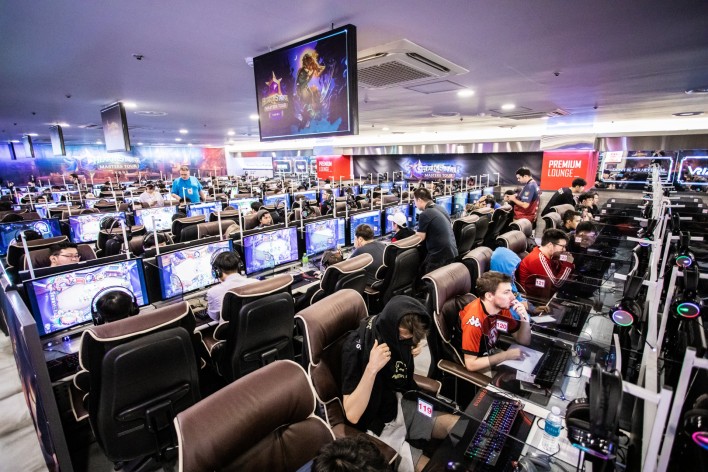
While viewership wasn’t horrible for Grandmasters—in fact, each region’s second season averaged more viewers than their respective first season did, according to website Esports Charts—the games felt more like showmatches than they did like a tense competition. Not a whole lot was on the line until the very end, and it was noticeable. The competitive season was incredibly short too, lasting not even half a year.
How little hype Grandmasters had generated was reflected in the viewership numbers of the climax of it all: the Grandmasters Global Finals, at BlizzCon. It averaged about 40,000 viewers. To compare: the Hearthstone World Championship held in April this year averaged over 100,000 viewers. The most gratifying result Hearthstone Grandmasters brought forth was its Global Finals winner: Liooon, who had battled her way through Chinese tournaments to make it to BlizzCon, became the convention’s first female champion, after sweeping through the opposition.
While, when looking back at 2019, it’s easy to argue that Blizzard missed the mark with Hearthstone Grandmasters’ big lines, there are positive takeaways on a smaller scale. When the newly introduced competitive format Specialist proved unsuccessful, the Hearthstone esports team was willing to step away from it. And although those competing in open cups had an almost infinitely small chance to break through, Blizzard actively adapted those open cups’ formats after listening to player feedback.
The plans Blizzard has for competitive Hearthstone haven’t been announced yet, but it’s safe to say many hope for a return of a more open system, which motivates aspiring players to participate. Competitive Hearthstone did suffer a big blow in 2019, however, with overall viewership and interest decreasing drastically. Only time will tell if the ship can stay afloat.
Obviously, a recap of Hearthstone’s 2019 isn’t complete without addressing Blizzard’s handling of Hong Kong player blitzchung’s on-stream protest. It sent ripples across not just the gaming world, but reached international news and even got US Members of Congress to write a letter to Blizzard, urging the company to rethink its decision.
Did it have consequences for Hearthstone itself, in the end? Absolutely, but not as big as one may have thought. Both Brian Kibler and Nathan “ThatsAdmirable” Zamora quit Hearthstone casting as a result of the ban Blizzard gave blitzchung. Players decided to stop playing Hearthstone altogether. But looking at how the public seems to perceive the situation now, it isn’t really Hearthstone’s image that is damaged. It’s that of Activision Blizzard, the big corporation behind it all.
Perhaps when the new season of Hearthstone Grandmaster begins in 2020 and blitzchung is allowed to play once more, the discussion will reignite and focus more on Hearthstone itself, but it’s unlikely. Most of the gaming world seems to have moved on. It’s now up to Blizzard to deliver such stellar content in 2020 on both the gaming front and on the competitive front, that the overall downward trend in interest is turned around.
Images via Blizzard Entertainment
-

Storyteller by heart. If something is competitive, I am interested in it.
Sort by:
Comments :0

